Multi Engine Rating (MEP)
This course is perfect for pilots who currently hold a PPL and wants to start a new challange by training for a Multi Engine Piston Rating. On the other hand; you are looking to fly commercially and holding an MEP Rating is a necessity for a professional pilot nonetheless you have come to the right place.
Mult Engine Piston Rating allows you to fly any twin-engine piston aircraft. The course consist of 7 hours of ground school, a multiple-choice exam, 6 hours minimum flight training in a multi engine aircraft followed by an MEP Skills test with an MEP flight examiner.
The flight training course for a single pilot multi-engine class rating shall include:
(a) at least 2 hours and 30 minutes of dual flight instruction under normal conditions of multi-engine aeroplane operations
(b) not less than 3 hours 30 minutes of dual flight instruction in engine failure procedures and asymmetric flight techniques
Multi Engine Study Book
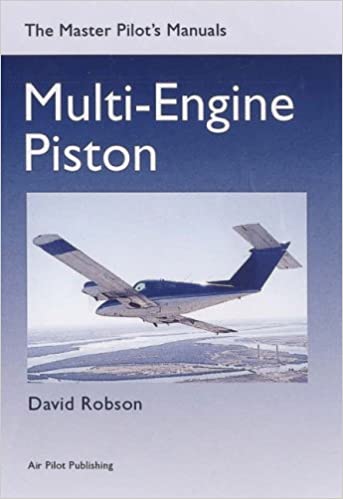
Ground Thoery Include
7 hours of theoretical knowledge is mandatory in the course and will cover the following subjects:
- Detailed listing for aeroplane structure and equipment, normal operation of systems and malfunctions
- Limitations
- Performance, flight planning and monitoring
- Load and balance and servicing
- Emergency procedures
- Special requirements for glass cockpit aeroplanes with EFIS (if applicable)
- Flight management systems (if applicable)
Course Entry Requirements
The following requirements must be met at commencement of training
- Hold a valid UK CAA PPL(A) or CPL(A)
- Hold a valid CAA Class 1 / 2 Medical
- Completed at least 70 PIC on aeroplanes
Pre-Test Requirements
The following requirements must be met before being put forward for skills test
- Completed at least 70 hours ground school
- Completed at least 6 Hours flying in multi engine aircraft
- Passed theory exam
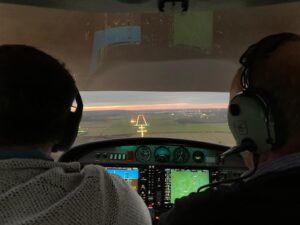
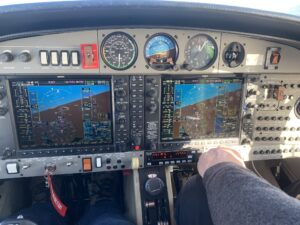
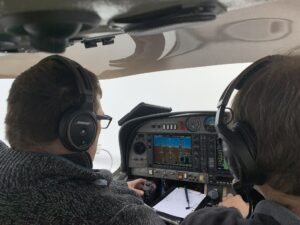
The Multi Engine Skill Test
Skills Test
Before being put forward for your MEP skill test, you must have passed the required theoretical knowledge examination which is a requirement for the type rating to be issued.
The skills test must be taken and passed within a period of 6 months after commencement of the class or type rating training course and within a period of 6 months preceding the application for the issue of the class rating.
The theoretical knowledge instruction will have been completed before the skill test is taken.
We will recommended you for the skills test once the training is completed, and we mutually agree that you are ready for the test at which time the training records shall be made available to the examiner.
The skill test / proficiency check schedule is outlined in the following sections / tabs….
Note: For renewal or revalidation it is referred to as a proficiency check
Reminder
Course Entry Requirements
The following requirements must be met at commencement of training
- Hold a valid UK CAA PPL(A) or CPL(A)
- Hold a valid CAA Class 1 / 2 Medical
- Completed at least 70 PIC on aeroplanes
Pre-Test Requirements
The following requirements must be met before being put forward for skills test
- Completed at least 70 hours ground school
- Completed at least 6 Hours flying in multi engine aircraft
- Passed theory exam
Section 1 - Departure
- Pre-flight including: Documentation, NOTAM, Mass and Balance,
- Weather briefing
- Pre-start checks: External and Internal
- Engine Starting: Normal and Malfunctions
- Taxiing
- Pre-departure checks: Engine run-up (if applicable)
- Take-off procedure: Normal with Flight Manual flap settings,
- Crosswind (if conditions available)
- Climbing: Vx / Vy, Turns onto headings, Level off
- ATC liaison – Compliance, R/T procedure
Section 2 - Airwork (VMC)
- Straight and level flight at various airspeeds including flight at critically low airspeed with and without flaps (including approach to Vmca when applicable)
- Steep turns: 360º left and right at 45º bank
- Stalls and recovery:
- (i) Clean stall
- (ii) Approach to stall in descending turn with bank with approach configuration and power
- (iii) Approach to stall in landing configuration and power
- (iv) Approach to stall, climbing turn with take-off flap and climb power (SE only)
- Handling using autopilot and flight director (may be conducted in Section 3) (if applicable)
- ATC liaison – Compliance, R/T procedure
Section 3A - En-Route Procedures (VFR)
Section 3A shall be completed to revalidate a type or multi-engine class rating, VFR only, where the required experience of 10 route sectors within the previous 12 months has not been completed. Section 3A is not required if section 3B is completed)
- Flight plan, dead reckoning and map reading
- Maintenance of altitude, heading and speed
- Orientation, timing and revision of ETAs
- Use of radio navigation aids (if applicable)
- Flight management (flight log, routine checks including fuel, systems and icing)
- ATC liaison – Compliance, R/T procedure
Section 2 - Airwork (VMC)
This section is only required if IR privileges are to be revalidated/renewed)
- Departure IFR
- En-route IFR
- Holding procedures
- ILS to DH(A) of 200 ft (60m) or to procedure minima (autopilot may be used to glideslope intercept)
- Non-precision approach to MDH(A) and map
- Flight exercises including: Simulated failure of the compass and attitude indicator, Rate 1 turns, Recoveries from unusual attitudes
- Failure of localiser or glide slope
- ATC liaison – Compliance, R/T procedure
Section 4 - Arrival and Landings
- Aerodrome arrival procedure
- Normal landing
- Flapless landing
- Crosswind landing (if suitable conditions)
- Approach and landing with idle power from up to 2000 ft above the runway (SE only)
- Go-around from minimum height
- Night go-around and landing (if applicable)
- ATC liaison – Compliance, R/T procedure
Section 5 - Abnormal and Emergency Procedures
This section may be combined with sections 1 through 4
- Rejected take-off at a reasonable speed
- Simulated engine failure after take-off (SE only)
- Simulated forced landing without power (SE only)
- Simulated emergencies: Fire or smoke in flight, System’s malfunctions as appropriate
- Engine shutdown and restart at a safe altitude if performed in an aeroplane (ME only)
ATC liaison – Compliance, R/T procedure
Section 6 - Simulated Asymmetric Flight
This section may be combined with sections 1 through 5
- Simulated engine failure during take-off (at a safe altitude unless carried out in FFS or FNPT II)
- Asymmetric approach and go-around
- Asymmetric approach and full stop landing
- ATC liaison – Compliance, R/T procedure
Revalidation
The rating is valid for 12 months and must be revalidated yearly.
- (A) MEP Licnece holders must pass a proficiency check in the relevant class or type of aeroplane or an FSTD representing that class or type, within the 3 months immediately preceding the expiry date of the rating.
AND
- (B) Complete during the period of validity of the rating, at least:
- # 10 route sectors as pilot of the relevant class or type of aeroplane
OR
- # 1 route sector as pilot of the relevant class or type of aeroplane or FFS, flown with an examiner. This route sector may be flown during the proficiency check
A pilot working for a commercial air transport operator approved in accordance with the applicable air operations requirements who has passed the operators proficiency check combined with the proficiency check for the revalidation of the class or type rating shall be exempted from complying with the requirement in (b) above
Renewal
- (a) Refresher training at an ATO, when necessary to reach the level of proficiency necessary to safely operate the relevant class or type of aircraft.
AND
- (b) pass a proficiency check
Notes:
1. A route sector is defined as a flight comprising take-off, departure, cruise of not less than 15 minutes, arrival, approach and landing
2. The revalidation/renewal of an IR(A), if held, may be combined with a proficiency check for the revalidation/renewal of a class or type rating
Our Aircraft to Teach MEP - Diamond DA42 (G-OPFR)
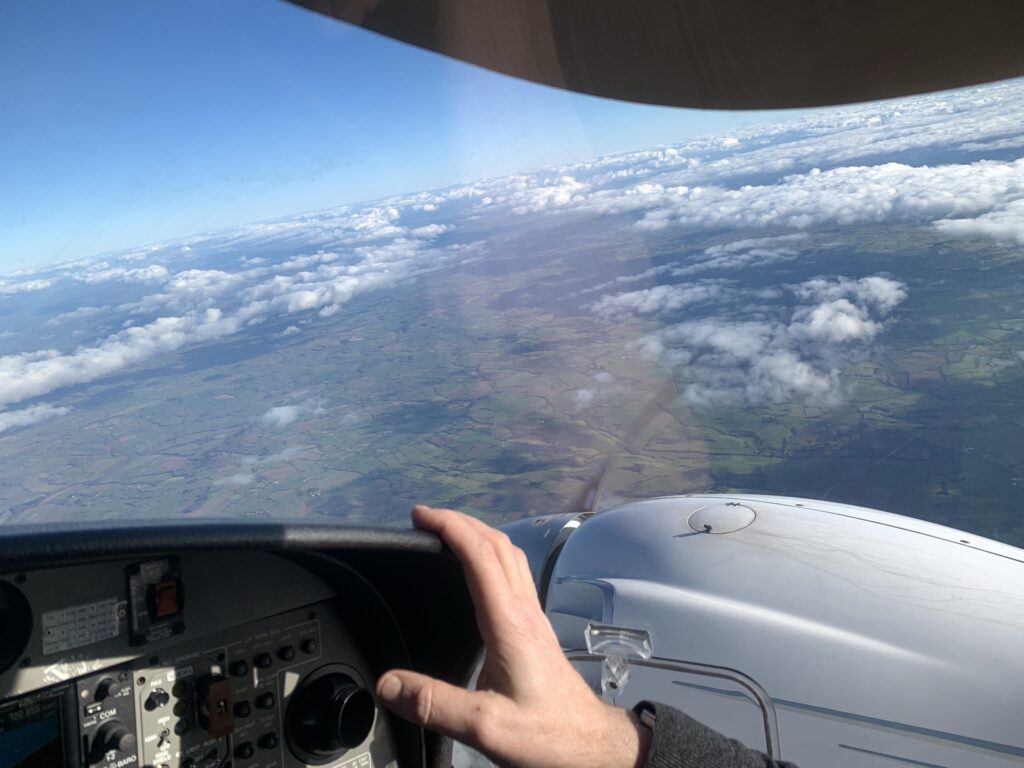
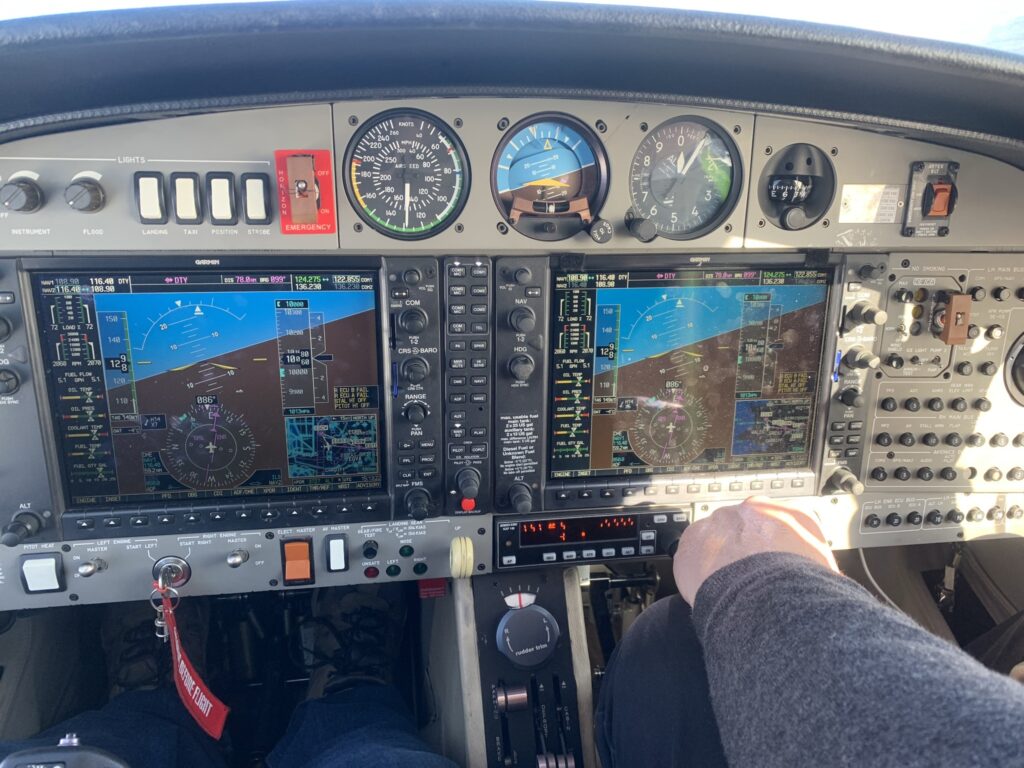
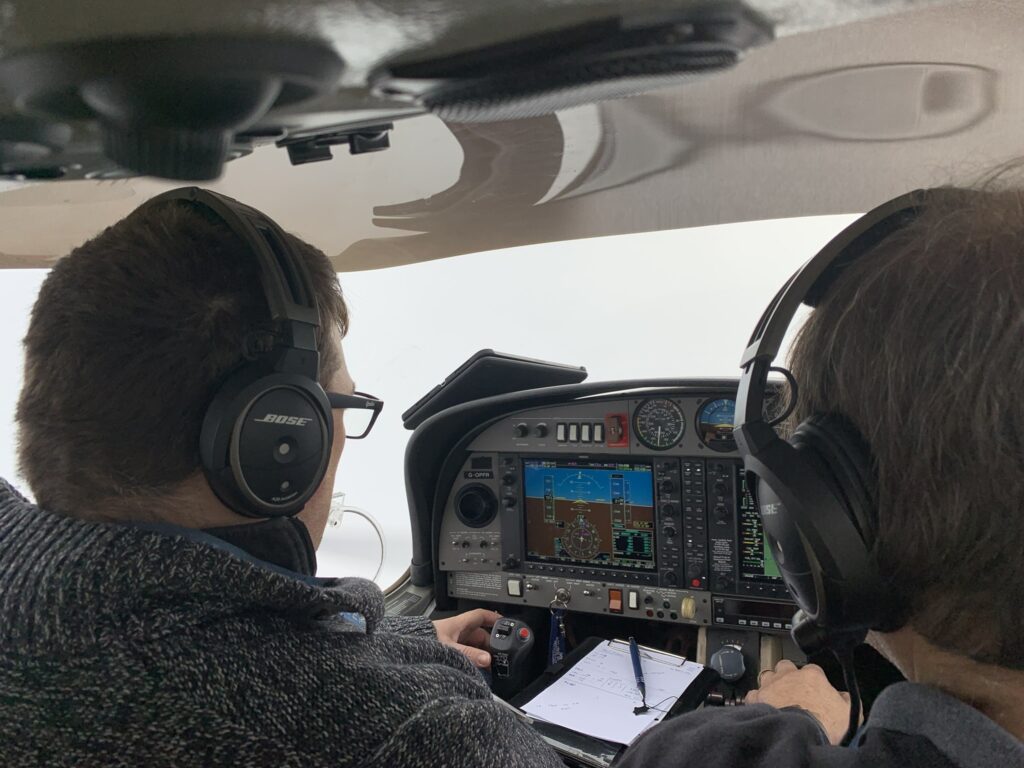
Frequently Asked Questions
Afraid not, you have to upgrade your licence to a full PPL before comencing an MEP course.
You have to achieve at least 75% for a pass.

